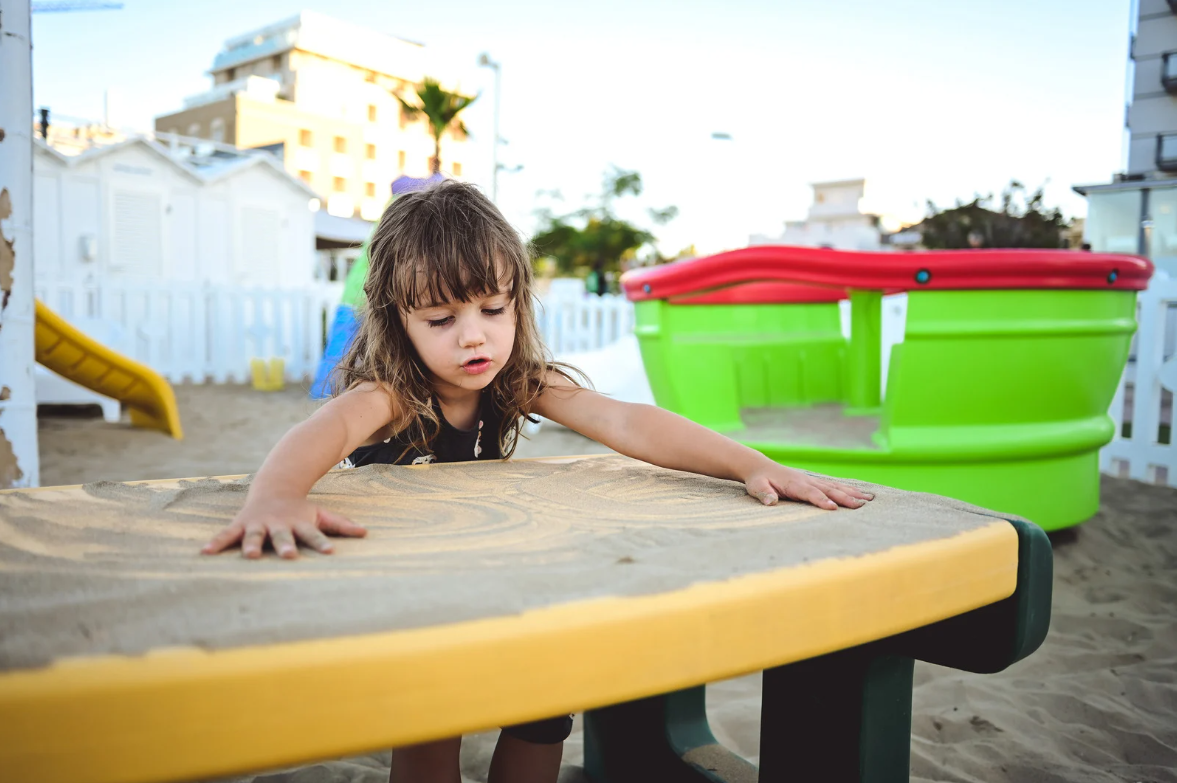Hello, fellow educators, parents, and school communities!
As the weather warms and the call of the outdoors grows stronger, I'm excited to share some insights on how to make outdoor adventures accessible and enriching for all children, especially those with sensory sensitivities. We know the power of nature to soothe, stimulate, and educate. But for some children, the sensory input of the outdoors can be overwhelming. Let's explore some practical strategies to create positive and inclusive outdoor experiences.
Understanding Sensory Sensitivities in the Outdoors
The outdoors is a sensory wonderland: the feel of grass underfoot, the rustling of leaves, the smell of damp earth, the bright sunlight, the buzz of insects. For children with sensory processing differences, this abundance of input can lead to sensory overload, anxiety, or avoidance.
Common sensory challenges in outdoor settings include:
-
- Tactile Sensitivity: Discomfort with textures like grass, mud, or sand.
- Auditory Sensitivity: Overwhelmed by sounds like wind, birdsong, or traffic.
- Visual Sensitivity: Distressed by bright sunlight, flickering shadows, or crowded environments.
- Olfactory Sensitivity: Overpowered by strong smells like pollen, flowers, or animal scents.
- Vestibular Sensitivity: Motion sickness from uneven terrain or swings.
Strategies for Sensory-Friendly Outdoor Adventures
Here are some strategies to help children with sensory sensitivities thrive in the outdoors:
1. Planning and Preparation:
- Pre-Visit Information: Provide children with information about the destination, including photos, videos, or social stories. This helps them anticipate what to expect.
- Sensory Maps: Create simple maps highlighting potential sensory triggers (e.g., noisy areas, sunny spots) and calming areas (e.g., shaded benches, quiet trails).
- Choice and Control: Offer children choices about activities and locations. Allow them to opt out of activities if they feel overwhelmed.
- Sensory Kits: Prepare individual sensory kits with items like:
- Noise-canceling headphones
- Sunglasses or hats
- Fidget toys
- A soft blanket or weighted vest
- Essential oils (with caution and allergy awareness)
- Timing is Key: Plan outings during quieter times of day or on less crowded days.
2. During the Adventure:
- Gradual Exposure: Introduce new sensory experiences gradually. Start with short outings and gradually increase the duration.
- Designated Quiet Zones: Identify quiet areas where children can retreat if they need a break.
- Sensory Breaks: Encourage regular sensory breaks, such as deep breathing exercises, stretching, or quiet observation.
- Movement Breaks: For those who are sensory seeking, build in plenty of opportunities for movement, such as hiking, climbing, or running.
- Engage Multiple Senses: Encourage children to explore the outdoors using all their senses. Ask questions like:
- "What do you hear?"
- "How does the bark of that tree feel?"
- "What do you smell?"
- Predictable Routines: Maintain predictable routines and schedules as much as possible. This helps children feel secure and reduces anxiety.
- Positive Reinforcement: Celebrate successes and encourage children to try new things at their own pace.
3. Educational Opportunities:
- Nature Journaling: Encourage children to record their sensory experiences through drawing, writing, or collecting natural objects.
- Sensory Scavenger Hunts: Create scavenger hunts that focus on sensory exploration (e.g., find something smooth, something rough, something that smells sweet).
- Nature Art: Use natural materials like leaves, twigs, and stones to create art projects.
- Science Exploration: Explore the science of nature through activities like observing insects, identifying plants, or collecting water samples.
Creating Inclusive School Environments:
Schools can play a vital role in promoting sensory-friendly outdoor experiences by:
- Developing sensory gardens or outdoor classrooms.
- Providing professional development for staff on sensory processing and outdoor education.
- Collaborating with parents and therapists to create individualized sensory plans.
- Advocating for inclusive playground equipment.
A Final Thought:
Remember, the goal is to create positive and memorable outdoor experiences for all children. By understanding sensory sensitivities and implementing thoughtful strategies, we can help every child discover the joy and wonder of nature.Let's work together to make the outdoors a place where every child can thrive!
Author: Tiffany Sanders, Teacher for the Visually Impaired

